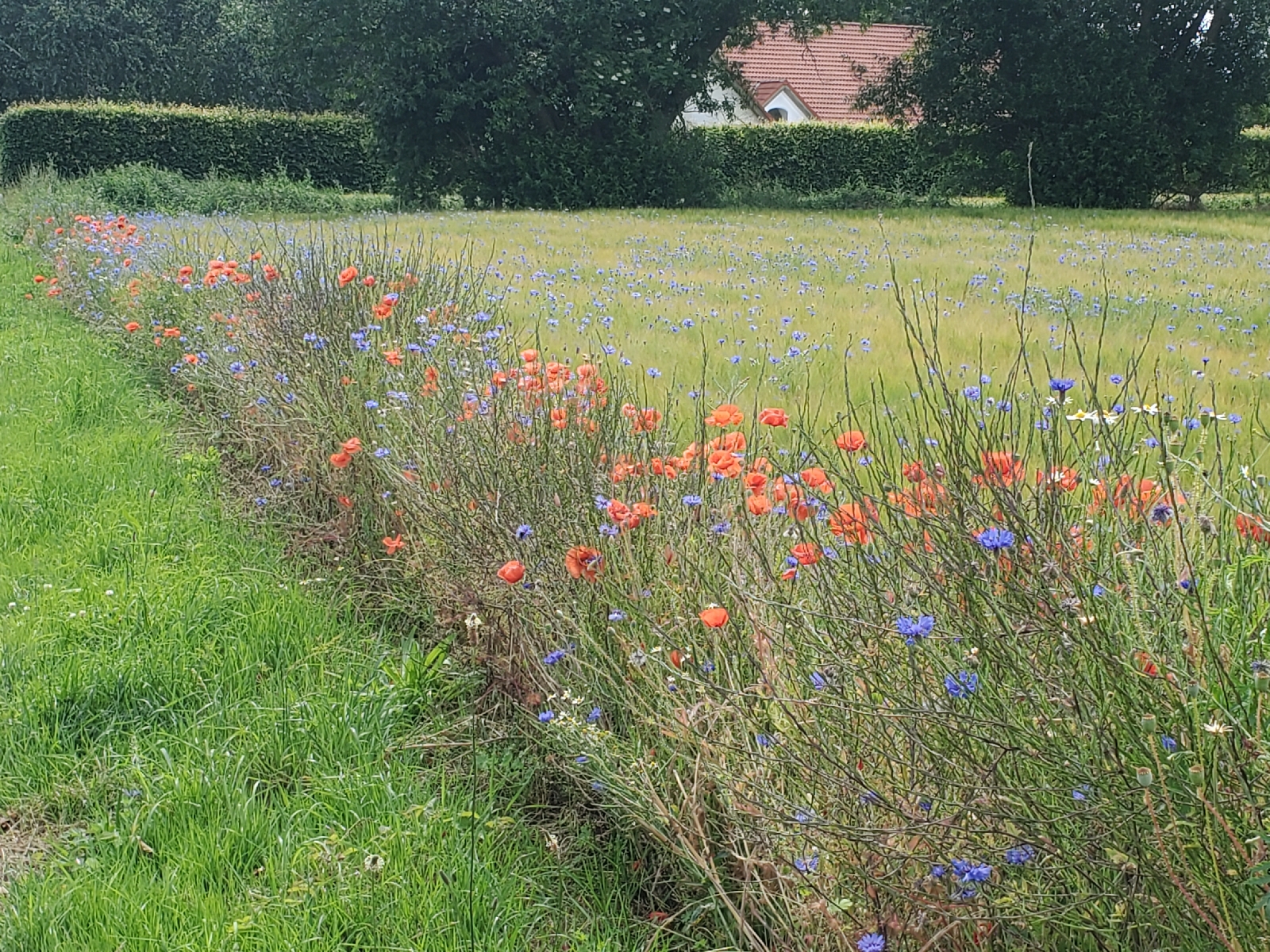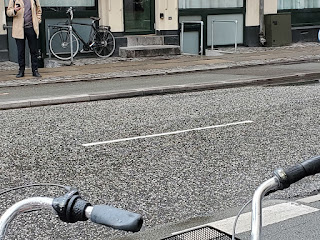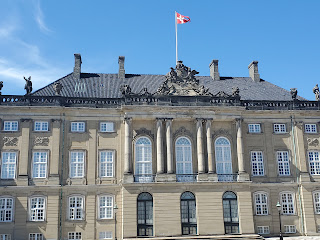Recreational Cycling in the Danish Countryside (Aero Island, Korinth, and Rail Trails)

Following Copenhagen, the second leg of the four weeks abroad took our group to three smaller communities: Svendborg, Aero Island, and Korinth. We focused our activities on the recreational and tourism component of Denmark’s National Bicycle Strategy (henceforth in this post referenced as “The Strategy”). Six characteristics encompass what the Strategy determines as elements of effective recreational cycle routes: safety and security, tourism, service, comfort, signage, and meaningfulness. I noted aspects of each of these elements during the three days spent in these Danish communities, albeit in varying combinations and relationships to one another. Wildflowers along the bike route on Aero Island Notable during our day trip to Aero Island were aspects of signage, tourism, and for about half the trip, comfort. I will qualify “about half the trip” by noting I personally do not have much experience biking on gravel paths or traversing up and down steeper inclines as I experienced during ...




